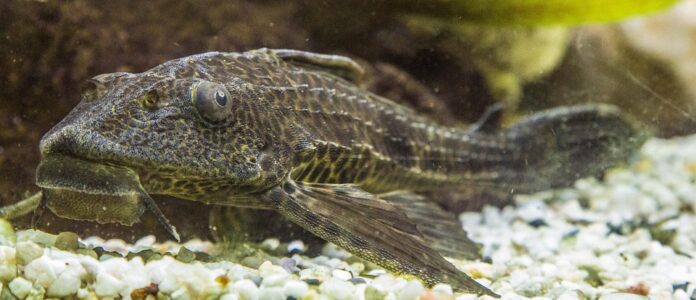Introduction
Catfish farming is a vital industry that provides a significant source of protein for many people around the world. However, like many other sectors, catfish farming faces challenges due to climate change. In this report, we will explore the impact of climate change on catfish farming, the challenges faced by catfish farmers, and the adaptation strategies that can be implemented to mitigate these challenges.
Climate Change and its Impact on Catfish Farming
Increasing Temperatures
One of the key impacts of climate change on catfish farming is the increase in temperatures. Warmer water temperatures can lead to decreased oxygen levels in the water, which can be detrimental to catfish growth and survival. Additionally, higher temperatures can also increase the prevalence of diseases in catfish, further impacting farm productivity.
Changes in Precipitation Patterns
Climate change is also leading to changes in precipitation patterns, which can result in fluctuations in water levels in catfish ponds. This can have a negative impact on the growth and development of catfish, as well as the overall health of the pond ecosystem.
Rising Sea Levels
Rising sea levels due to climate change can also impact catfish farming in coastal regions. Increased saltwater intrusion into freshwater catfish ponds can harm the fish and disrupt the balance of the pond ecosystem.
Challenges Faced by Catfish Farmers
Increased Production Costs
As a result of climate change, catfish farmers are facing increased production costs. This includes the need for additional measures to regulate water temperatures and oxygen levels in ponds, as well as investments in disease prevention and control.
Reduced Yields
Climate change can also lead to reduced yields for catfish farmers. Higher temperatures and changes in precipitation patterns can impact the growth and survival of catfish, resulting in lower production volumes.
Market Uncertainty
The impact of climate change on catfish farming can also lead to market uncertainty. Fluctuations in production volumes and quality due to climate-related factors can make it difficult for farmers to predict market demands and prices.
Adaptation Strategies for Catfish Farmers
Improved Water Management
One key adaptation strategy for catfish farmers is to improve water management practices. This includes implementing measures to regulate water temperatures, oxygen levels, and water quality in ponds to ensure optimal conditions for catfish growth.
Investing in Sustainable Practices
Catfish farmers can also adapt to climate change by investing in sustainable practices. This includes using eco-friendly feed options, reducing energy consumption, and implementing environmentally friendly waste management practices.
Diversification of Production
To mitigate the risks associated with climate change, catfish farmers can consider diversifying their production. This may involve growing different species of fish alongside catfish or exploring alternative aquaculture practices that are more resilient to climate change impacts.
Conclusion
In conclusion, climate change poses significant challenges to catfish farming, impacting production costs, yields, and market stability. However, by implementing adaptation strategies such as improved water management, sustainable practices, and diversification of production, catfish farmers can mitigate these challenges and build a more resilient industry for the future. It is essential for the catfish farming industry to continue to innovate and adapt to the changing climate in order to ensure sustainable growth and success.




